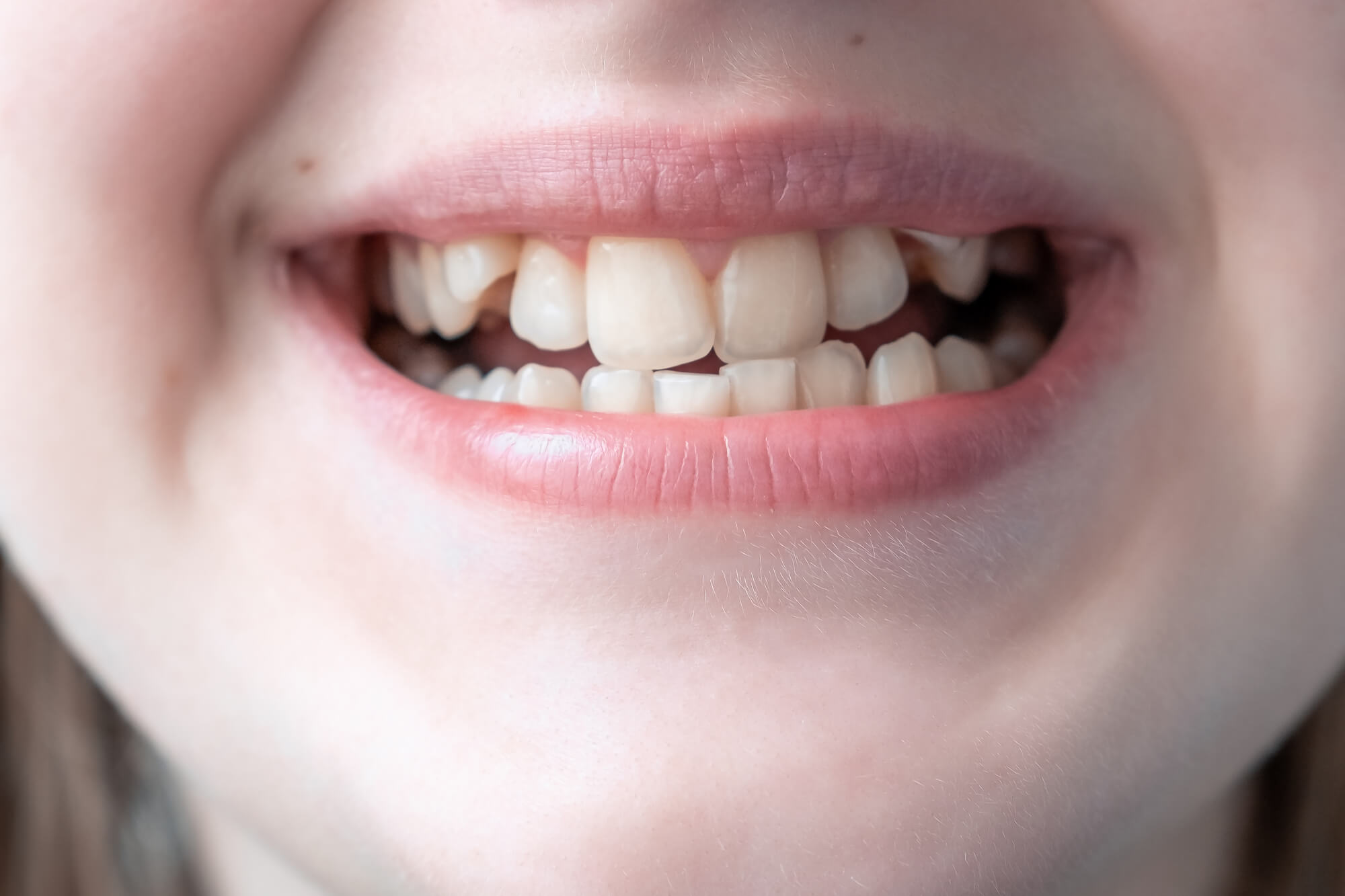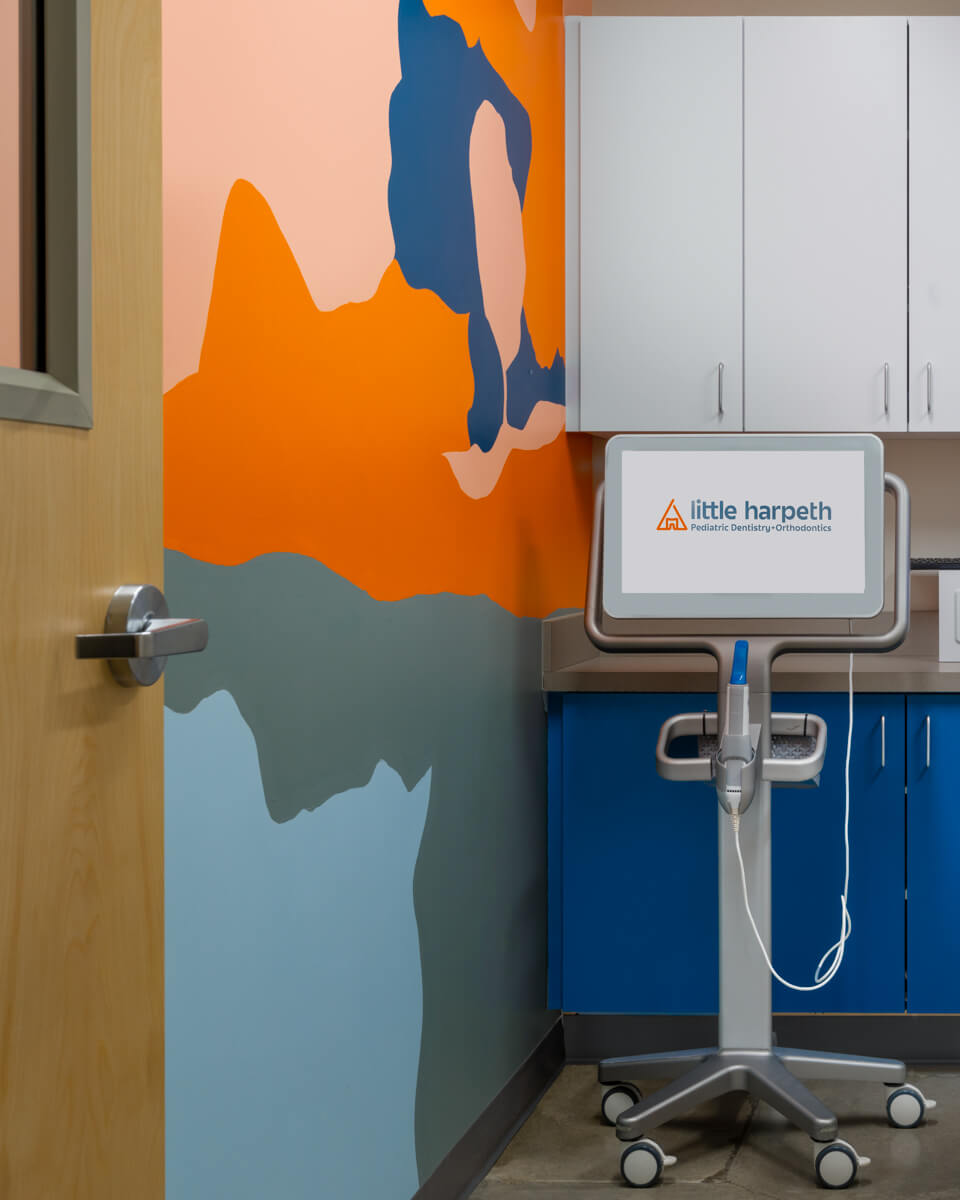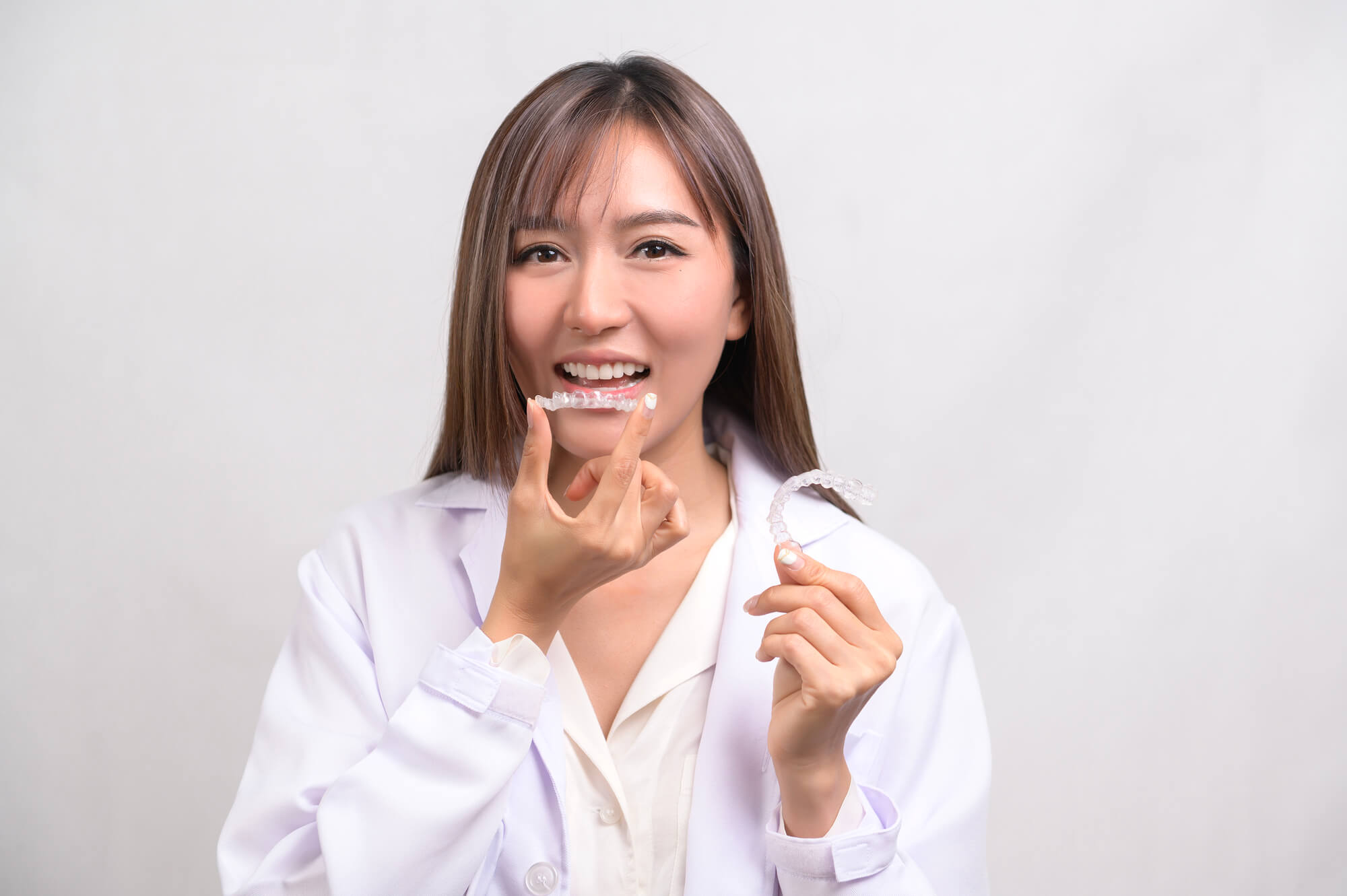There’s a saying that goes: “When something works, there’s no need to fix it.” That was the case for braces for more than a century. Although uncomfortable, braces did the work of fixing a malocclusion like no other treatment—until Invisalign in Franklin, TN, emerged!
In certain cases, clear aligners like Invisalign® do the work just as well as braces while saving patients the trouble of dietary restrictions, painful adjustments, and the bracket’s obvious appearance. Sadly, Invisalign isn’t a perfect solution for everyone. Depending on your specific case, each orthodontic treatment offers its unique set of advantages.
Let’s help you figure out which one is best for you

Comparing Invisalign vs. Braces
Braces and clear aligners are orthodontic treatments used to treat malocclusion and improve the functionality and appearance of your smile.
More than just a cosmetic concern, treating a patient's crowded, protruding, or crooked teeth is intended to improve their bite and prevent future problems. Both methods work by applying subtle pressure to the teeth and jaw, guiding them to an aligned position.
Traditional braces consist of a set of brackets attached to a wire and fitted to your teeth, while clear aligners are removable and designed to be switched as the teeth advance. Here’s what you need to consider before choosing one or the other.
1. Appearance
Braces haven’t been considered the peak of visual aesthetics, and you don’t need a professional pediatric dentist to tell you that. The combination of brackets and wires over white teeth isn’t considered very trendy.
Nowadays, brackets come in many colors and materials, like metal, ceramic, plaster, etc., which aim to make them less obvious. For those looking to add a bit of color to their life, the bands surrounding the brackets can also be customized.
However, many are still reluctant to wear braces due to their appearance. If this is the case, then Invisalign might sound more appealing. Clear aligners are made from transparent plastic, so the trays are virtually unnoticeable, even from short distances. This allows patients to undergo the orthodontic treatment they need while maintaining a natural-looking smile.
2. Comfort
Many patients experience discomfort when their braces are first fitted and for the first few days after an adjustment. The pressure they apply on teeth can leave them sensible, and your gums and tongue need some time to adapt to the new metal elements without getting irritated.
However, your mouth will eventually get used to the feel of braces.
On the other hand, research suggests that people with Invisalign experience less pain. Clear aligners may also take some time to get used to due to the pressure and the foreign objects.
Some patients have experienced excessive salivation in the first few days of an Invisalign treatment. Having trouble speaking is another common symptom, but this goes away after a few days.
3. Duration
Both braces and clear aligners have been approved by the Food and Drug Administration (FDA) as effective treatments against malocclusion.
Invisalign is usually the best option for mild to moderate dental issues. However, braces are generally better and more efficient for complicated cases like rotated teeth, wide gaps, or extreme crowding.
In terms of speed, research indicates that while fixed braces take one to two years to work, Invisalign users tend to wear the device for 12 to 18 months. It makes sense that Invisalign corrects malocclusions more quickly when you consider that it is limited to mild cases.
The duration ultimately depends on specific factors, so discuss expectations with your orthodontist regarding the timeline for your case.

4. Food Restrictions
Dental braces come with a set of dietary restrictions. It's best to avoid hard foods like apples that require biting with your front teeth, as they can potentially dislodge your brackets. Additionally, sticky foods can adhere to the brackets and wires, causing damage.
Invisalign, on the other hand, is removable, so there are no dietary restrictions. However, you must take the trays out before eating and drinking and clean your teeth once you finish to prevent them from becoming stained.
This means no snacking in between meals and no drinking beverages that aren’t water. That’s right: no mid-morning coffee with your trays on. For some, the dietary restrictions that come with braces don’t sound so bad after hearing that!
5. Care and Hygiene
No matter what type of orthodontic treatment you’re undergoing, you need to maintain optimal oral hygiene to avoid tooth decay. To take care of your braces and oral health, you should brush your teeth after every meal and floss at least once a day.
Flossing with braces can be challenging, but it’s crucial, as food can get stuck in the crevices and on the brackets, increasing the chance of cavities. You can use an interdental brush, which is small enough to get in between your teeth and clean all the crevices.
Properly cleaning your teeth while using aligners is crucial. Any food debris left on your teeth and covered by your Invisalign trays can become a breeding ground for bacteria, potentially damaging both your teeth and the aligners.
Additionally, you must clean your trays regularly to avoid calcium buildup and bacteria. After every meal, clean your aligners with Invisalign's own cleaning solution.
6. Procedure
The process of getting traditional braces starts with a consultation. Using x-ray imaging, your orthodontist will analyze the situation and determine if there’s a need for treatment.
After braces are confirmed to be appropriate for you, your orthodontist will use bonding adhesive to attach the brackets to your teeth, insert a wire through them, and use a number of bands to hold everything in place.
Afterward, you’ll need to visit regularly for follow-ups. The orthodontist will check to see if everything is progressing as it should and will conduct adjustments, such as tightening the wires. You might need to wear a retainer after your braces are taken off to keep your results.
The process of getting fitted for Invisalign is similar. Following a dental examination, your orthodontist will take a mold of your teeth. This will be forwarded to a lab that will create a set of aligner trays specifically tailored to fit you. Every one to three weeks, you will change to a new set of aligners to gradually realign your teeth.
For better results, it’s crucial to wear Invisalign for a minimum of 22 hours every day. Your treatment will not work if you regularly forget to replace your aligners.

Learn More About Braces and Invisalign in Franklin, TN
Braces used to be the only option for orthodontic treatment, but now, there are other options. Invisalign offers its own unique set of advantages, but this doesn’t mean braces have become obsolete.
They’re just two alternative treatments that may or may not be ideal depending on your situation. Your dentist at Happy Harpeth is always the best choice for determining which one is ideal. If you’re in doubt, reach out!
Invisalign®, the Invisalign logo, and iTero®, among others, are trademarks and/ or service marks of Align Technology, Inc. or one of its subsidiaries or affiliated companies and may be registered in the U.S. and/or other countries.





